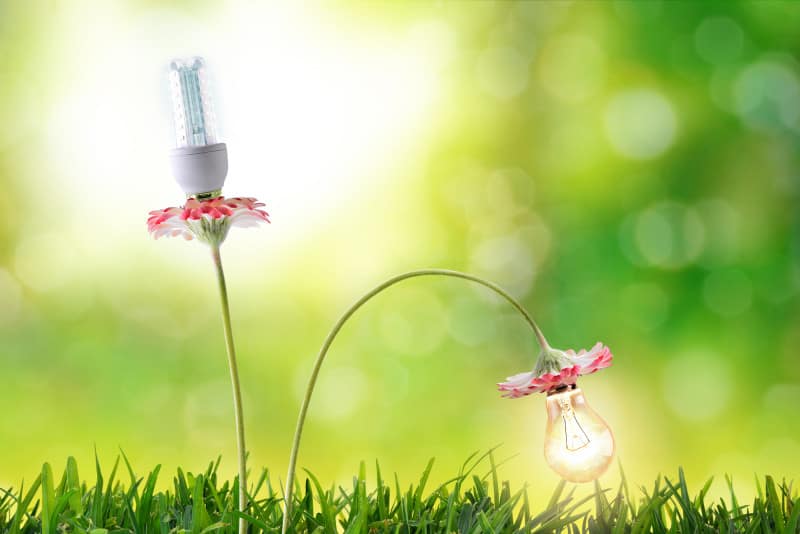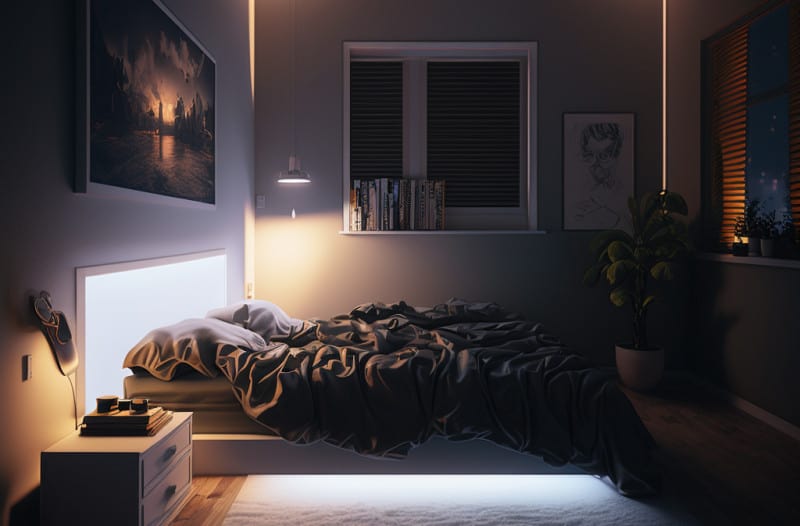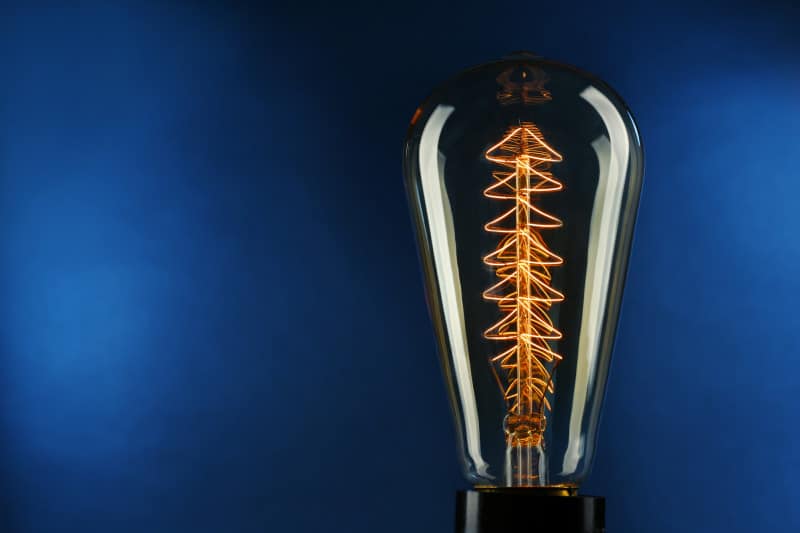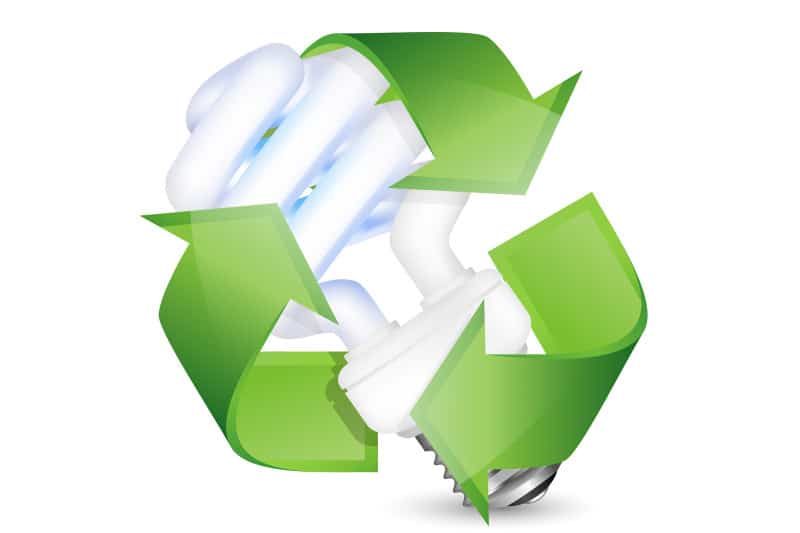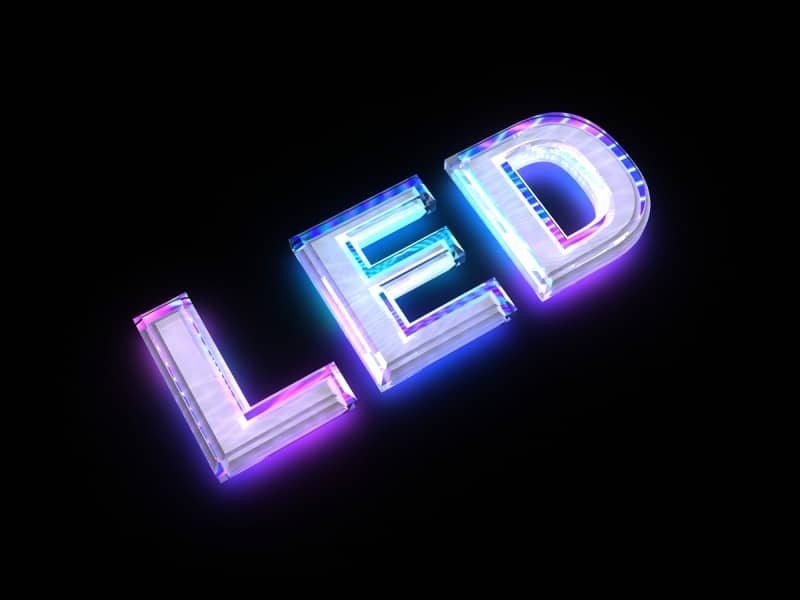You may not realize it, but the type of light bulbs you use can have a significant impact on the environment.
Climate change is one of the most pressing issues of our time, and energy-saving lights can play a crucial role in reducing greenhouse gas emissions.
By choosing the right type of lighting, you can do your part to slow down the effects of climate change.
Energy-saving lights, such as LED bulbs, use significantly less energy than traditional incandescent bulbs.
This means that they emit fewer greenhouse gases during their lifespan, making them a more environmentally friendly choice.
In fact, according to the U.S. Department of Energy, switching to LED bulbs can reduce energy use by as much as 75 percent.
This reduction in energy use translates to a decrease in greenhouse gas emissions, which can help slow the effects of climate change.
So, if you want to do your part to protect the planet, it’s important to consider the impact your lighting choices have on the environment.
Energy-Saving Lights And Climate Change Reduction
You can reduce your carbon footprint by switching to energy-saving lights, which can save up to 75% more energy compared to traditional incandescent bulbs.
This simple change can have a significant impact on our environment, especially in energy-efficient buildings and sustainable cities.
By reducing the amount of energy consumed, we can lessen our reliance on non-renewable energy sources, ultimately leading to a more eco-friendly lifestyle.
The benefits of using energy-saving lights go beyond just carbon footprint reduction.
These lights also have a longer lifespan, which means less waste and fewer replacements needed.
They emit less heat, reducing the need for air conditioning and further cutting down on energy usage.
By making the switch to energy-saving lights, we can take a step towards a more sustainable future and create a positive impact on our environment.
Energy-Saving Lights And Their Role In Climate Change Mitigation
One key aspect of energy-saving lights in climate change mitigation is their ability to consume considerably less energy compared to conventional lighting.
LED bulbs, for instance, use up to 80% less energy than incandescent bulbs to produce the same amount of light.
This energy efficiency translates into a significant reduction in electricity demand, leading to lower carbon dioxide emissions from power plants.
By adopting energy-saving lights on a large scale, we can collectively reduce the carbon footprint associated with lighting, contributing to global efforts to combat climate change.
Energy-saving lights also have a longer lifespan than traditional bulbs, which means fewer resources are needed for their production and disposal.
LED bulbs, in particular, have an average lifespan of around 25,000 to 50,000 hours, compared to just a few thousand hours for incandescent bulbs.
This extended lifespan not only reduces the frequency of replacements but also reduces the overall waste generated from discarded bulbs.
By promoting the use of energy-saving lights, we can reduce the environmental impact associated with the lighting industry, making a significant contribution to climate change mitigation strategies.
Green Lighting for Slowing Climate Change
To slow down the effects of global warming, it’s essential to incorporate green technology into our daily lives.
One of the most sustainable solutions is to invest in eco-friendly lighting for our homes.
By switching to energy-efficient LED bulbs, we can significantly reduce our environmental impact and save money on electricity bills.
Eco-friendly lighting options, such as LED lights, are incredibly energy efficient and can last up to 25 times longer than traditional incandescent bulbs.
They use 75% less energy and emit fewer greenhouse gases, making them an eco-friendly choice for any homeowner.
These bulbs don’t contain hazardous materials, such as mercury, which can harm the environment.
By choosing eco-friendly lighting, we can make our homes more energy-efficient and reduce our carbon footprint, which is crucial for slowing down the effects of climate change.
Energy-Saving Lights for Climate Change Adaptation
Switching to eco-friendly lighting options is an easy and impactful way to do your part in protecting the planet and ensuring a sustainable future.
The use of energy-saving lights is a cost-effective solution for climate change adaptation.
With renewable technology and sustainable lighting, eco-friendly options are now available to replace traditional incandescent bulbs that consume more energy.
By choosing energy-saving lights, you can make a significant contribution to the fight against climate change while also saving money in the long run.
So, consider making the switch to sustainable lighting today and do your part in creating a brighter and more sustainable future for all.
Conclusion
Now that you’ve learned about the significant impact that energy-saving lights can have on climate change, you may be wondering what else you can do to help.
One interesting statistic to consider is that if every household in the United States switched to energy-saving LEDs, it would save over 90 billion kWh of electricity per year.
This is equivalent to taking more than 6.7 million cars off the road!
But it’s not just about the savings.
Energy-saving lights can also play a crucial role in mitigating the effects of climate change.
By reducing greenhouse gas emissions and decreasing energy consumption, we can slow down the rate of global warming and protect our planet for future generations.
Whether you’re looking to adapt to the changing climate or simply reduce your carbon footprint, switching to energy-saving lights is a smart and effective solution.
Let’s all do our part to create a more sustainable and livable world.

